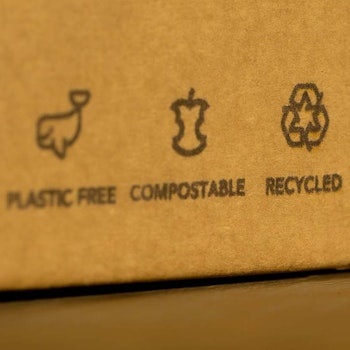
Historically, the creative industries have not always had the easiest relationship with the rational, survey-based approach taken by traditional market research – especially those agencies dealing with the most intangible and emotional content such as advertising, design and innovation.
Market research has evolved so that it is carried out more by clients than by their agency partners, often putting the latter’s creative work through a pass/fail test even though many agencies are unconvinced how truly predictive of genuine response that research is.
As a result, ads and designs have been moderated and revised in a way that can often see powerful, compelling and emotive ideas becoming watered down in favour of more rational communication.
Creatives pass on using traditional research themselves because it is seen largely as too slow, too costly and too ‘rational’, focusing on easily quantifiable claimed responses rather than deeper, implicit emotional behaviours.
And yes, the latest advances in cognitive science highlight that traditional research questions can only go so far. They often struggle to reveal how people respond at a non-conscious level.
But fortunately, pioneering behavioural neuroscience is helping to re-invent that approach – and thereby re-framing the relationship between creative agencies and market research.
The difference of neuroscience
The current crop of online neuroscience tools and platforms have created an entirely new ecosystem, where tests are turned around rapidly, are simple and affordable – and therefore can be iterative – and provide outputs that forward-thinking creative agencies understand as well as value.
The new neuroscience tools allow those businesses to better determine consumers’ true emotional impulses and behaviours, as opposed to what those same consumers will claim in a survey or focus group. These tests measure what creatives are trying to trigger implicitly – the emotional, unconscious response that cannot readily be articulated – and can be used to iteratively pre-test ideas as part of an agency’s creative process.
For example, what in the image is evoking the specific intended emotional responses? Is it the colour, the lighting effects, the camera angle, the background location or the positioning / orientation of the product? Or is one particular way of expressing the strapline more on-brief, evocative, and compelling than the other?
Augmenting Intuition
Importantly, this isn’t the ‘designing by numbers’ that some creatives think of when you mention taking a more scientific approach! This is where science provides evidence of the degree to which intuitive creative impulses are impacting consumer response patterns in the way the creatives are hoping.
Creative Production studio, Saddington Baynes, has not just been using online neuro-tools to pre-test their creative work, but have gone as far as embedding it into their studio development process. As Chris Christodoulou, CEO, puts it, “Neuroscience enables us to fine-tune our creative more effectively and allows us to measure the emotional intangibles that sit at the heart of successful content and campaigns. It augments our intuition, and that’s an immensely powerful creative tool.”
With these exciting new tools in the right hands, creative and scientific thinking are no longer mutually exclusive. In fact, the most progressive creative businesses are already harnessing neuroscience to deliver more genuinely predictive insights, help enhance creative inspiration and thereby optimise effectiveness v the Brief.
To learn more about the techniques involved and how your agency can use them to best effect, please get in touch with us at https://cloud.army/contact-us/.





